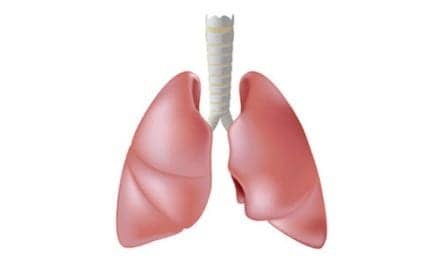Increased physical activity (PA) is associated with anxiety in COPD patients, according to new research, though researchers are now curious as to why there is a link.
“It is unclear whether anxious COPD patients are more restless with increased psychomotor activity as a coping mechanism or whether those with COPD who push themselves to be more physically active experience more anxiety symptoms,” the authors wrote, noting that future studies should evaluate for anxiety and activity levels to “better inform how to improve clinical outcomes.”
PA of the 148 stable patients with COPD was measured by daily step count; depression and anxiety with the Hospital Anxiety and Depression Scales (HADS); dyspnea with the Shortness of Breath Questionnaire and functional capacity with the six-minute walk test.
The researchers found that patients with clinically relevant anxiety levels (HADS-A >8) walked an average of 1681 more steps per day than those with lower levels of anxiety. After accounting for factors such as age, gender, disease severity, functional capacity, depression, and dyspnea, each 1-point increase in HADS-A score was associated with a corresponding increase of 288 steps taken per day.
Investigators also discovered that increased levels of depression were associated with a lower number of steps taken per day, but anxiety attenuated the negative impact of depression on total step counts.
“The clinical implications of these observations are interesting because anxiety as a co-morbid disorder is associated with increased mortality while increased physical activity is associated with lower mortality in patients with COPD,” the authors concluded. “Based on our results, future COPD studies should include objective measures of physical activity and systematic evaluations for anxiety to better inform how to improve the management and clinical outcomes of these patients.”









